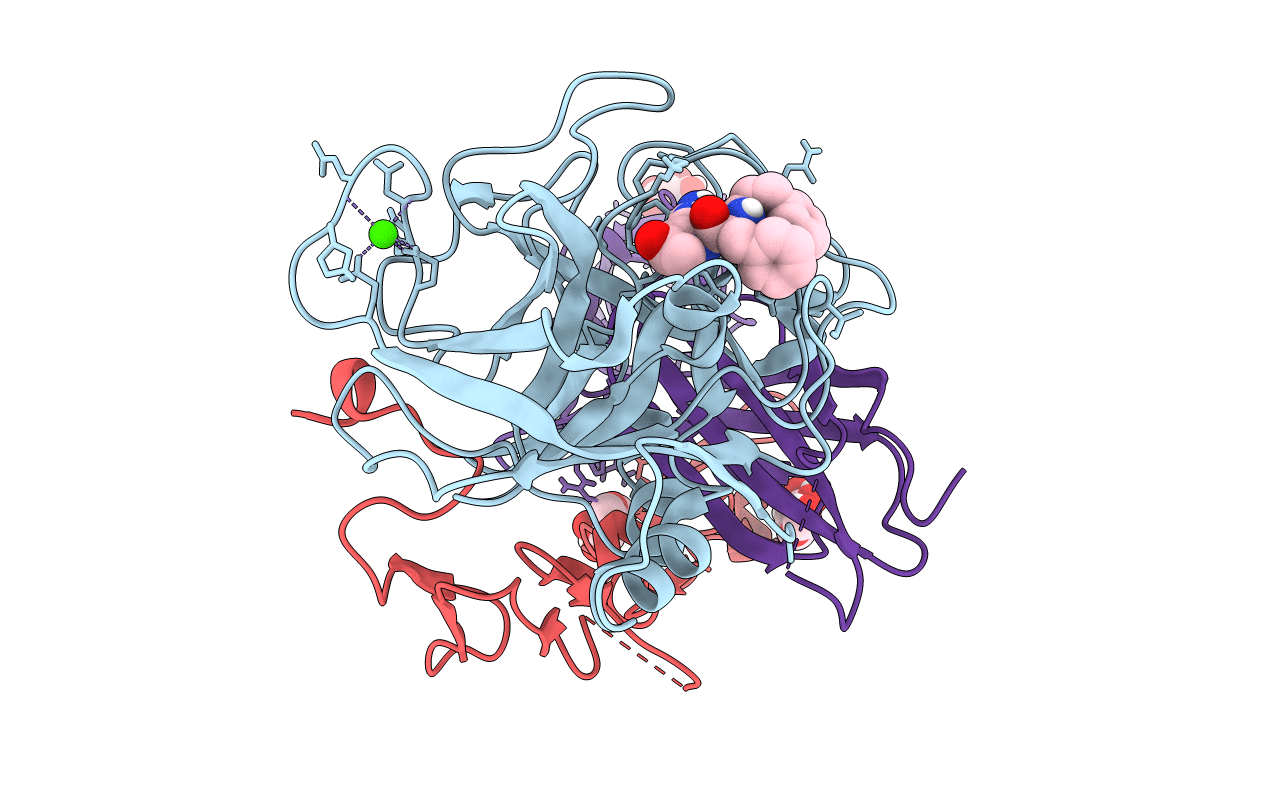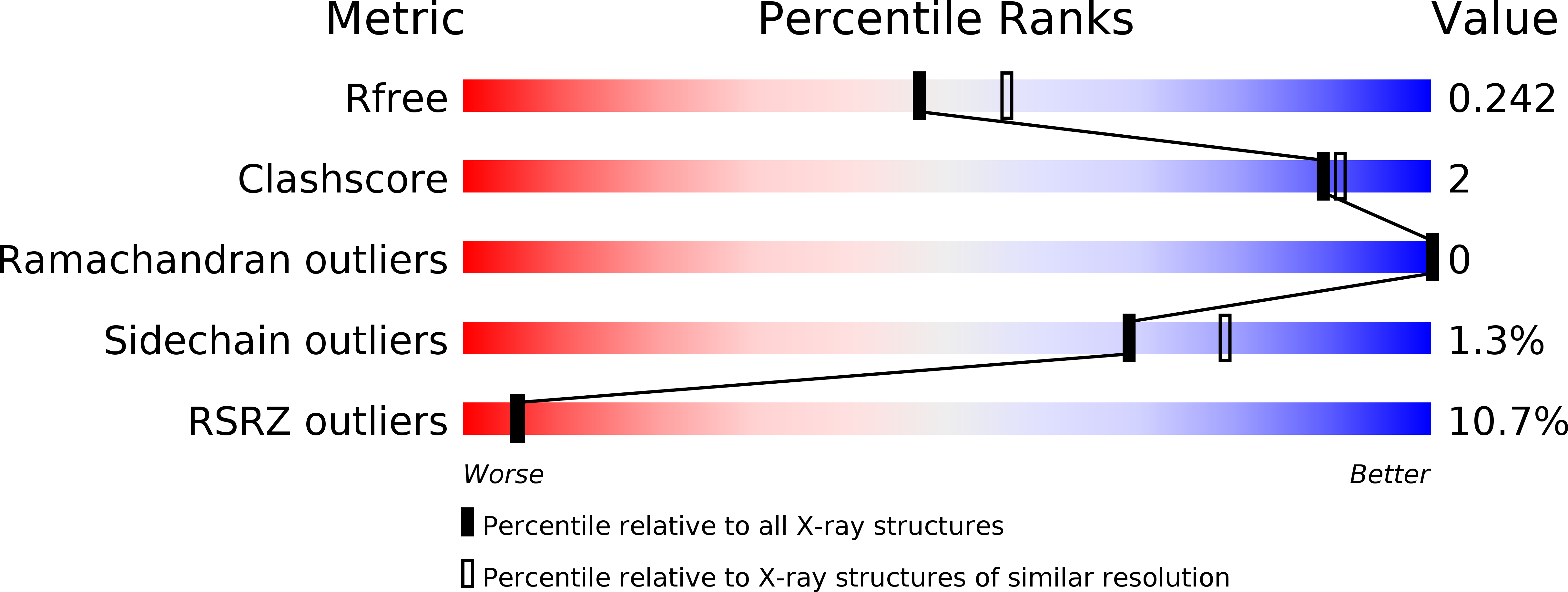
Deposition Date
2015-04-04
Release Date
2015-12-30
Last Version Date
2025-10-01
Entry Detail
PDB ID:
4Z6A
Keywords:
Title:
Crystal Structure of a FVIIa-Trypsin Chimera (YT) in Complex with Soluble Tissue Factor
Biological Source:
Source Organism:
Homo sapiens (Taxon ID: 9606)
Host Organism:
Method Details:
Experimental Method:
Resolution:
2.25 Å
R-Value Free:
0.24
R-Value Work:
0.18
R-Value Observed:
0.19
Space Group:
P 21 21 21


